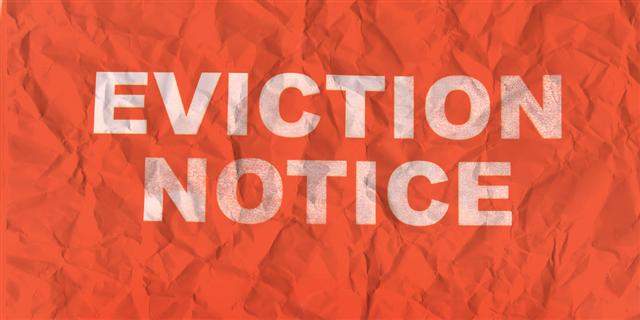As a landlord, you may need to serve an eviction notice from time to time. But unless you want to find yourself on the wrong side of the law, it’s very important that you follow the legal guidelines in your State and/or County for serving an eviction notice and proceeding with a Court filing , otherwise known as a Summons & Complaint for Unlawful Detainer.
To help make this process as easy as possible, we’ve put together this standard how-to guide for California landlords to serve Unlawful Detainers.
Before you can file your Unlawful Detainer with the Court, you must first give the tenant you are seeking to evict written notice of your intention to evict them from your property. This is known as a Notice to Pay Rent or Quit or an eviction notice.
Depending on the terms of your lease, your States Codes and Regulations, and the violations upon which you are seeking eviction, you will need to properly serve the Tenant with either a Three (3) Day Notice to Pay Rent or Quit or a Thirty (30) day Notice. If your tenant has not paid rent or fixed the violations alleged upon the eviction by the end of the notice period, you can then file a Summons and Complaint for Unlawful Detainer with the proper Court by following the steps below:
Step 1: Finding the Correct Court to File the Case at.
Locate the proper venue, Court, to file your paperwork. Fill out, sign, and date the necessary forms. You will find the forms you need here.
Step 2: File your Documents at the Court.
Bring your paperwork and go to the Courthouse where you need to file your lawsuit. Each County may require a local form, and if so, the Clerk will supply you with any additional forms necessary. You will need to pay a filing fee. If you cannot pay the Court fee, fill out a Fee Waiver Form and Order and file it along with the other forms.
Step 3: Process Service to Tenants.
Once your forms are filed, you will need to serve the tenant with a copy of the filed forms. NOTE: It is not legal for you to personally serve the papers have someone other than yourself to serve the papers. This person should take along a Proof of Service form for each tenant being served and have them sign it. The type of service upon the Tenant, whether personal or sub-service, will depend on the amount of time in which they have to respond. Unlawful Detainers are a fast-tracked legal matter. It is important you either seek the advice of an attorney or paralegal. You should also research your State and/or County’s Code and Regulations. The amount of time in which Unlawful Detainer Court procedures take place varies based on location.
Step 4: Following the Civil Code of Procedures (CCP)
Depending on your specific situation, there are some other guidelines to follow. You can find out what you’ll need to do next and whether the tenant will respond here. This may include filing more paperwork to allow you legal entry into the property in question. If the tenant responds by paying their rent or moving, you may not need to take the process any further and can file a Dismissal with the Court. Again, it is a good idea to research the matter or seek an attorney’s advice on your legal options.
Step 5: Default or Trial??
Whether the tenant does not respond in time or responds and decides to defend the allegations, you will most likely need to file additional forms with the Court and/or attend a Court hearing. The Court will notify you of any upcoming Court dates and/or advise you of any forms necessary to be filed.
Step 6: Have your day in court!
If the matter proceeds to a Trial, a Judge or Jury will either decide in your favor or the tenant’s favor. What you need to do next will depend completely on the judge’s decision at this time.
If the case is found in your favor, you’ve now successfully and legally completed the eviction process and regained all rights to your property.
JPL Process Servers are knowledgeable and experienced in the service of Unlawful Detainer proceedings. If you have any questions about the service of eviction notices, Unlawful Detainers, and/or any other legal matters, please contact us, and we will do whatever we can to make this process easier for you.


It is incomplete because anything more would be practicing law, which we are not. The courts are backed up right now, closures and budget cuts are really affecting the turn around time. Generally, 5-15 days after service is completed is when you will go in for your hearing, once you get your judgment and receive the eviction order it can take another 2-4 weeks for the Sheriff dependant on location. Vista is a smaller court, they may have a bit quicker service time frame but generally you are looking at about 30-45 days after the initial service is completed.